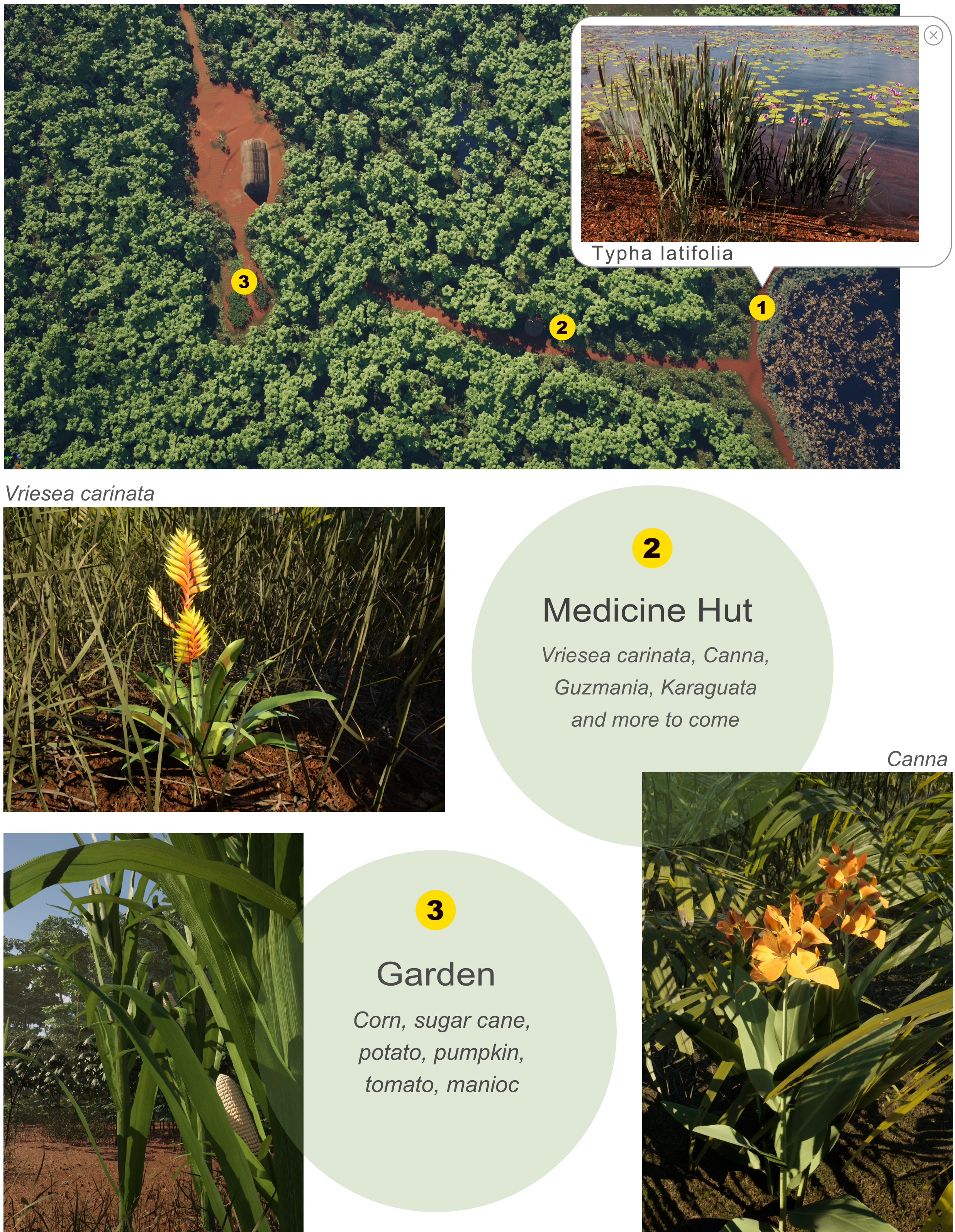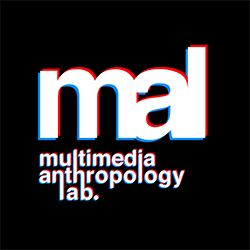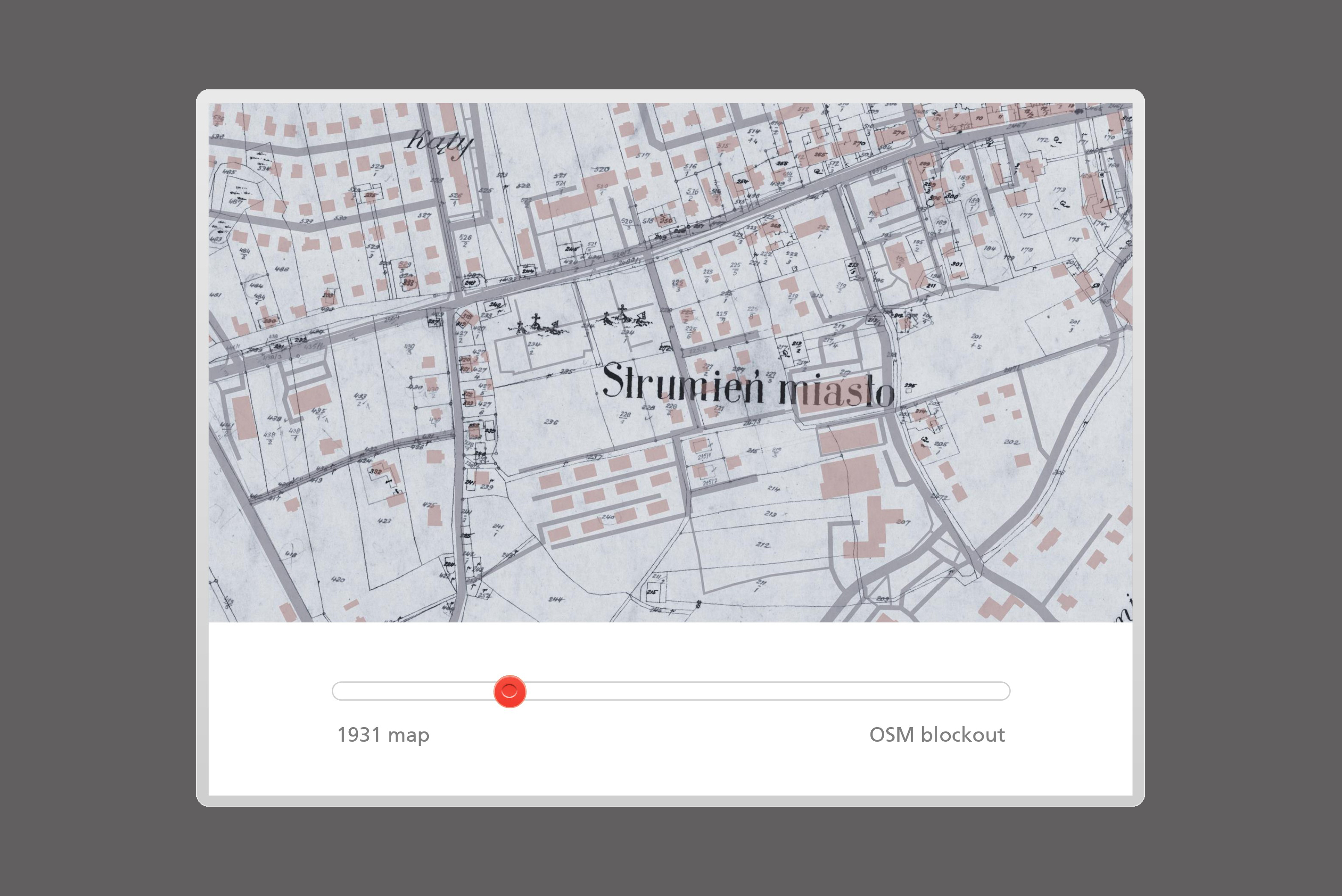My main challenge at UCL MAL was accurately recreating the diverse vegetation of the Atlantic Rainforest in Mato Grosso do Sul, Brazil, near the Paraguayan border. This involved developing realistic 3D plant species native to the region with scientific accuracy. My work extended across different formats, from creating assets for the virtual museum to designing a 3D online herbarium and educational materials, all aimed at preserving and sharing the botanical knowledge of the Guarani and Kaiowá communities.
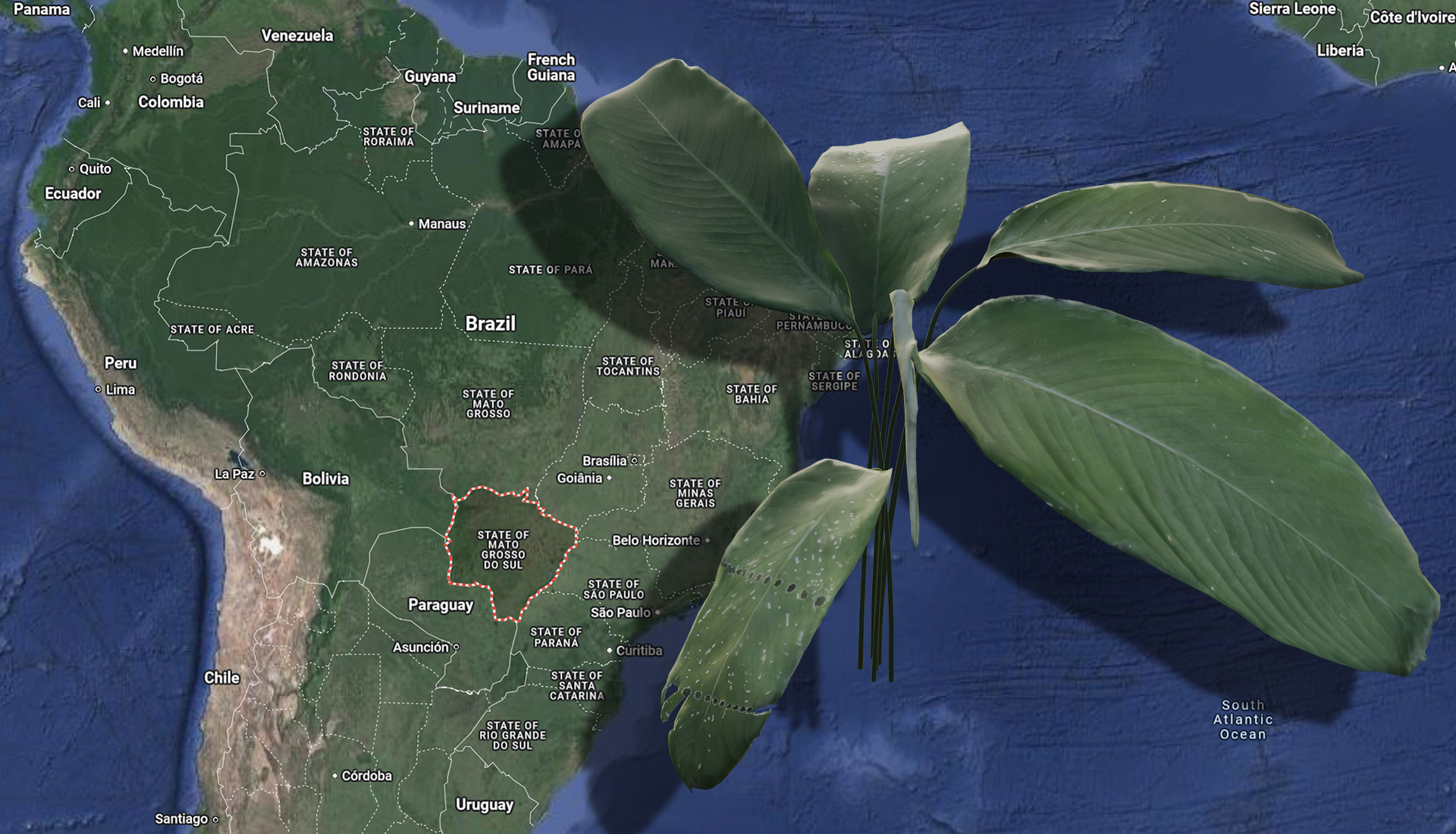
The UCL Multimedia Anthropology Laboratory, in collaboration with the Guarani and Kaiowá Indigenous communities, is developing a virtual reality exhibition that highlights these groups' endangered habitats and rich traditions. The Guarani-Kaiowá have a profound spiritual and symbiotic relationship with nature. They see the forest not just as a resource but as a living entity, a sacred home where spirits dwell, guiding their daily lives and cultural practices.
Plants hold a significant place in Guarani and Kaiowá traditions. They use a rich variety of medicinal plants, drawing on deep ancestral knowledge to treat ailments and maintain well-being. Their agricultural methods are typically small-scale and diversified, ensuring biodiversity and minimal ecological disruption. However, their way of life has been increasingly threatened by deforestation and agribusiness expansion, which disrupt their sacred landscapes and traditional knowledge systems. Despite these challenges, the Guarani and Kaiowá continue to resist and advocate for their land rights, seeking to protect their forests, plants, and cultural heritage for future generations. This project aims to increase their visibility and support their efforts.
Photogrammetry
Software: Blender, Photoshop, Unreal Engine 5
The task involved creating photogrammetry from photos taken in the forest surrounding the Indigenous communities, with the aim of creating a digital twin.

The photogrammetry result from Polycam
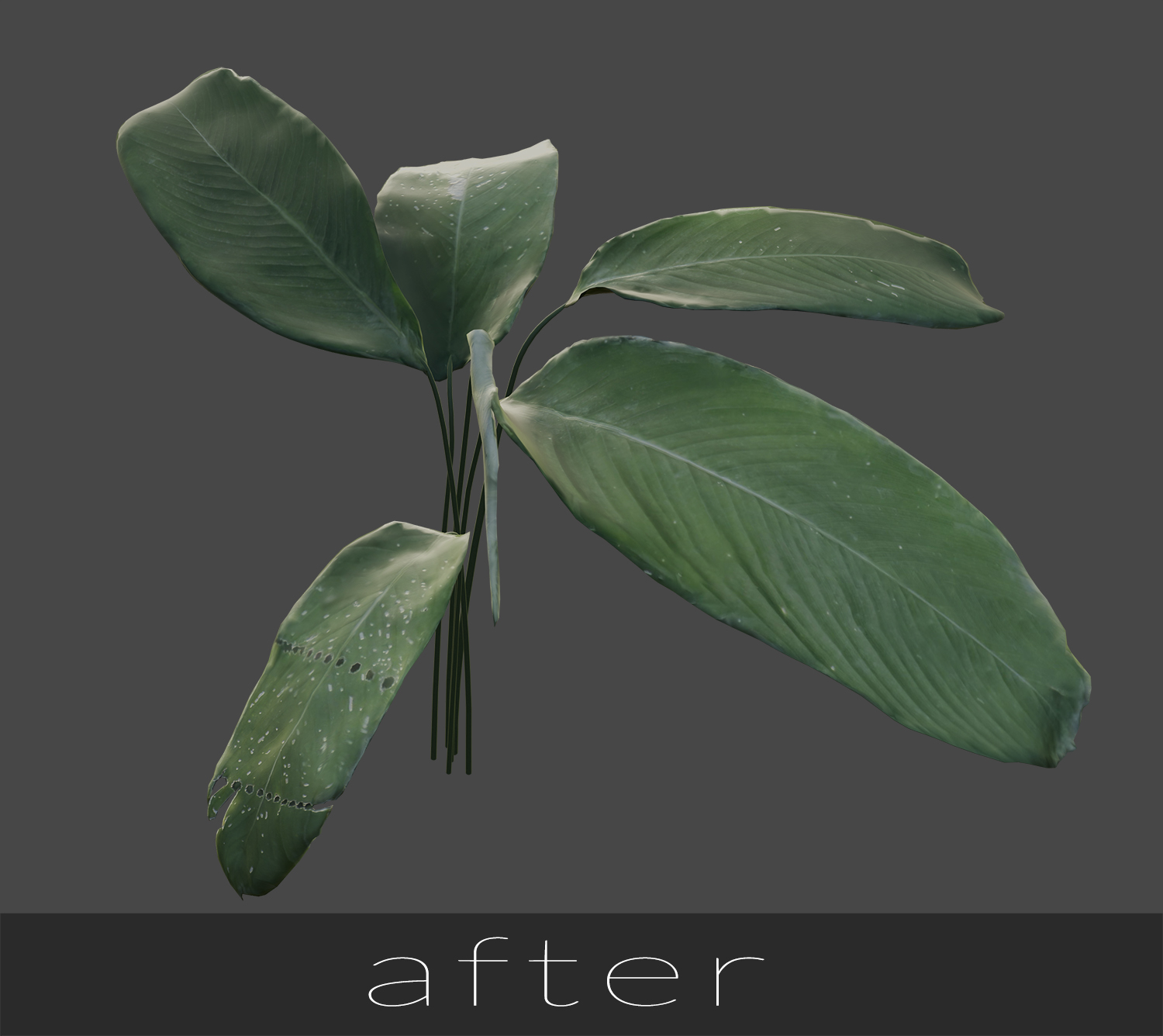
The final model of the plant from the Marantaceae family
After cleaning up the photogrammetry scan, I have additionally used the following methods for the retouching to obtain a better result:
- The UV map retouch. For that purpose, I brought the UV map into Photoshop. Having two screens, I could, after saving changes in Photoshop, check how the changes were applied in Blender by clicking Ctrl R in the UV map window.
- Using Sculpt tools in Blender: Smooth, Draw and Elastic Deform for the leaves.
- Modelled & textured the stems to complete the plant.
- Painted some parts of leaves in Blender and added a Bump.
Adding the wind simulation in UE5.
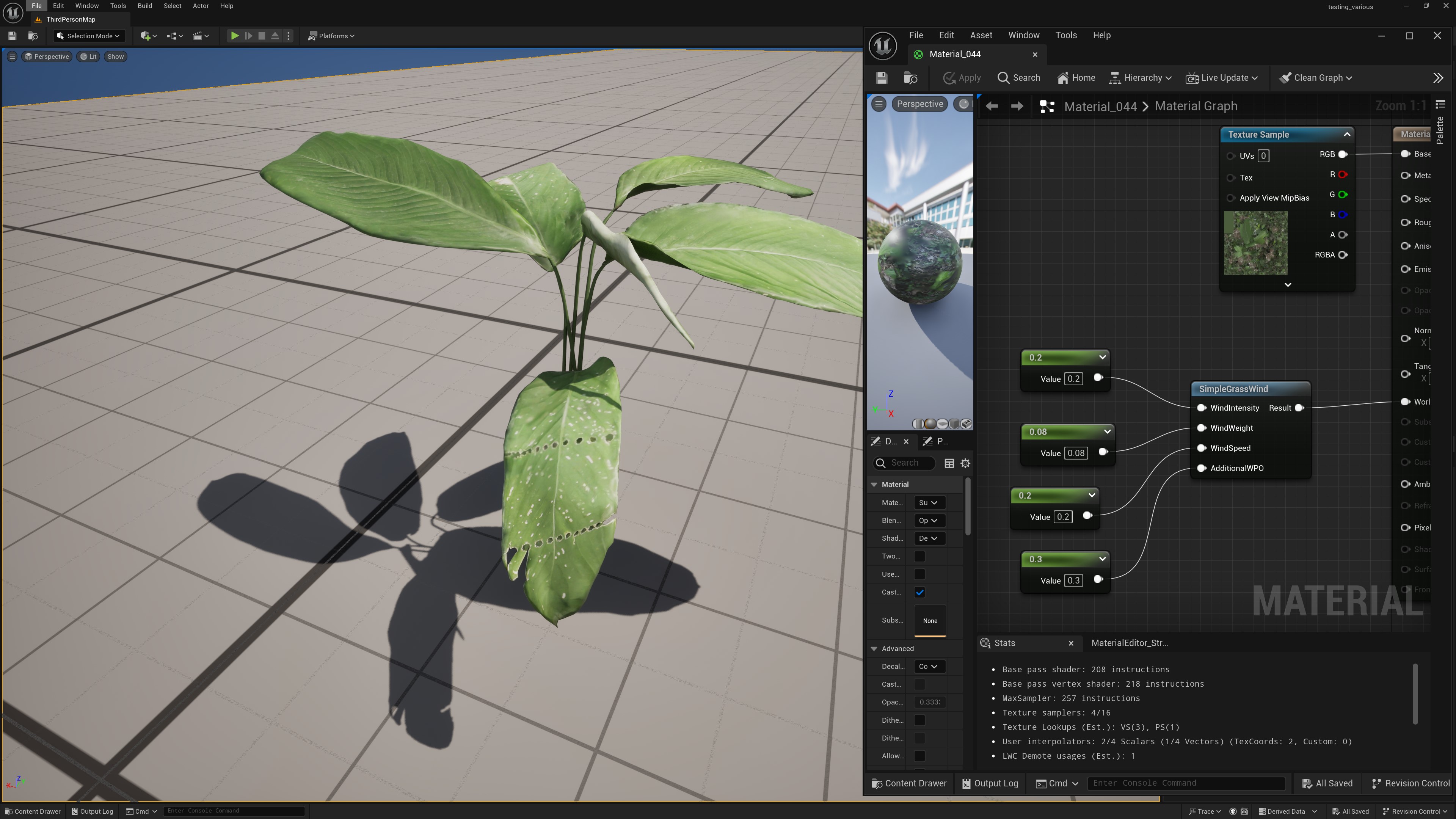
During the project, photogrammetry training was prepared for the Indigenous youth so that they could capture their environment and help the VR team with limited resources. My part was to prepare a comparison of the photogrammetry and Gaussian Splatting of their local beautiful caraguata flower.
Another important thing was to research the size of the plant, how frequent and rare it was, and what conditions it preferred in order to place it appropriately in the UE5 scene.
Research
With limited funds for the project, I proposed using PlantFactory with its Catalog, which was made available for free in 2024. I selected native plants from it based on my research, and they were confirmed by the Shaman during the Zoom meeting to see to be present in her habitat as well as having the medicinal and practical use in the community's everyday life.
Typha latifolia, Canna, Guzmania and Vriesea carinata
VR Musem & foliage painting
PlantCatalog, Unreal Engine 5
